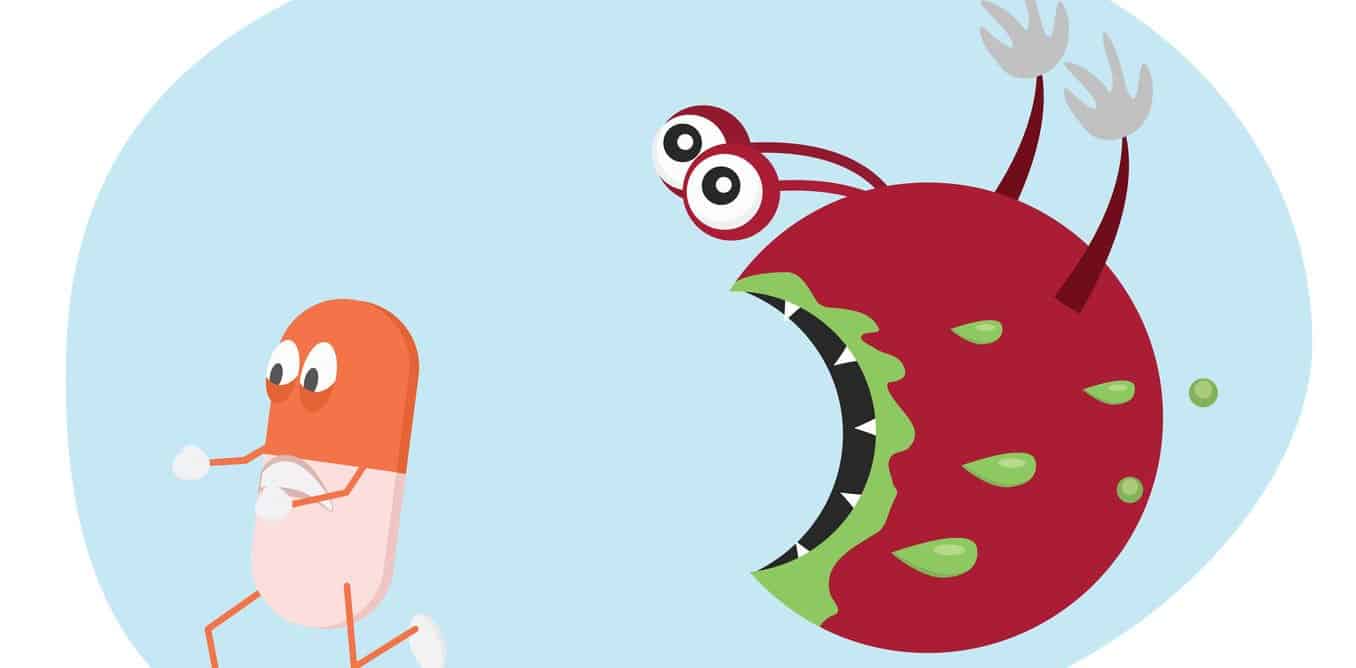Antibiotic resistance is a natural phenomenon. It occurs when an antibiotic has lost its ability to effectively control or kill bacterial growth. When an antibiotic is used, bacteria that can resist that antibiotic have a greater chance of survival than those that are “susceptible.” Some resistance occurs without human action, as bacteria can produce and use antibiotics against other bacteria, leading to a low-level of natural selection for resistance to antibiotics. However, the current higher-levels of antibiotic-resistant bacteria are attributed to the overuse and abuse of antibiotics.
Now, scientists at the University of Illinois have carried out an investigation that suggests it may be possible to slow dangerous infections by manipulating the messages these microbes send to each other, allowing the body to defeat an infection without causing the bacteria to develop resistance to the treatment.
Bacteria are intelligent little organisms. When they compete with other microbes for scarce resources, the more successful group will produce a unique molecule — an antibiotic — to kill off the other species.
When population growth of one group of bacteria outpaces availability of the nutrients it needs to survive, the group produces another unique molecule that tells it to go into a dormant, but more virulent, state and slow growth until more food is available.
Unfortunately however, these bacteria have quickly adapted to resist antibiotics, and in a short time, antibiotics will be ineffective. On average, nearly every species of bacteria is resistant to at least one antibiotic. Bacteria can share adaptations very easily, and there are so many bacteria with different adaptations to share, which is why they can develop resistance so quickly.
Therefore, this new study targets the language, or group signal, that bacteria use to slow down growth rather than the antibiotic signal to kill. The researchers say understanding how bacteria produce the dormancy-signal molecule paves the way for developing molecules that can disrupt the communication of specific bacteria, with little chance for drug resistance to develop.
“We don’t need to kill bacteria to treat disease and infection, we can just slow them down and make them less potent,” Nair said. “That way, there is little chance for any resistance to develop.”
The study is appears in the journal Proceedings of the National Academy of Sciences.
































